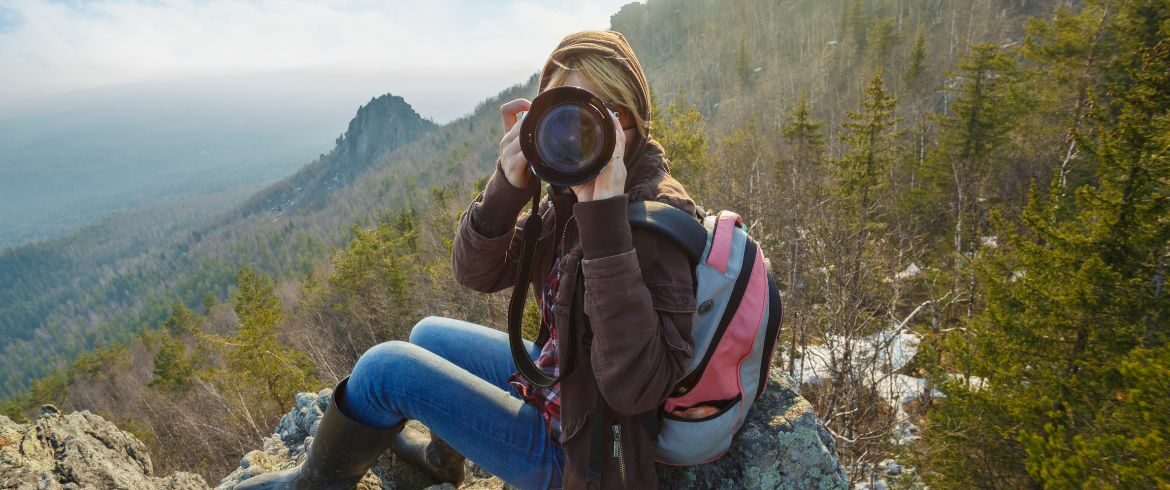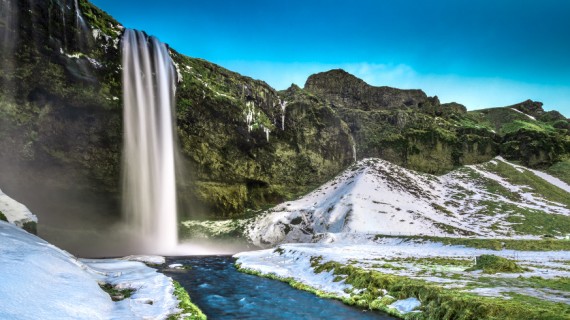Immerse yourself in the artistry of ecotourism, where photographic masterpieces capture the essence of Nature’s Wonders and highlight the importance of responsible travel.
In an age where preserving the planet’s natural wonders has become paramount, travelers explore new destinations more responsibly, uniting the desire for adventures with caring for the Earth. This special blend creates a brand-new approach to traveling, known as ecotourism.
At its core, ecotourism represents a harmonious relationship between wanderlust and ecological mindfulness. It is a commitment to appreciate the natural world and actively contribute to its preservation. Ecotourism presents an opportunity to immerse oneself in the untamed beauty of nature while treading lightly on our common home. This approach to tourism is about discovering the delicate ecosystems of our world, from rainforests to coral reefs, and understanding our role in their protection.
Most tourists prefer to keep the memories from their special trips in photographs, and ecologically responsible travel enthusiasts make no exception to the general rule. Travel photography as a genre has existed for decades, but ecotourism pictures expand this genre of photography, adding more educational components to the visual storytelling. The viewers cannot only look at the beauty of the world around us; they are taught about how fragile this beauty is and are told that it is a human responsibility to save nature in all its beauty, majesty, and variety.
The given article will teach you to spread this important message worldwide using the powerful weapon of photography art.
Examples of Ecotourism
Every form of ecotourism represents a different connection between humans and nature. This section will observe distinct examples of ecotourism, each highlighting the diverse ways responsible travel can contribute to wanderlusters, photo enthusiasts, and the environment.
Rainforest Adventures in Costa Rica
Costa Rica, believed to be one of the best ecotourism destinations, offers travelers the opportunity to delve into the heart of lush rainforests. Visitors can observe an incredible array of wildlife, from vibrant toucans to elusive jaguars. By supporting conservation efforts and sustainable practices, ecotourism in Costa Rica ensures these vital ecosystems remain intact for future generations.
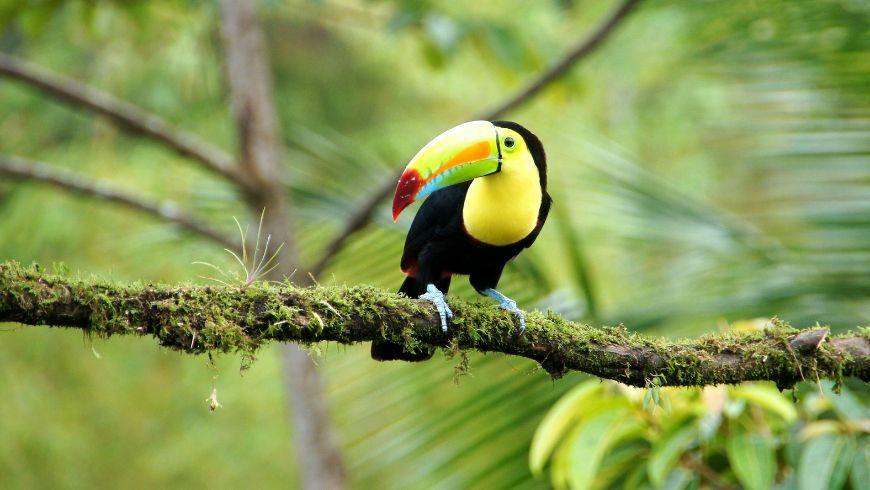
Marine Conservation in the Galápagos Islands
The Galápagos Islands, a UNESCO World Heritage site, serve as a living laboratory for studying evolution and ecology. Ecotourism here goes beyond typical vacations; contributing to marine conservation is a great opportunity. If you like to explore aquatic areas, you can snorkel alongside playful sea lions, explore diverse coral reefs, and witness the famous giant tortoises in their natural habitat—all while supporting efforts to protect these fragile ecosystems.
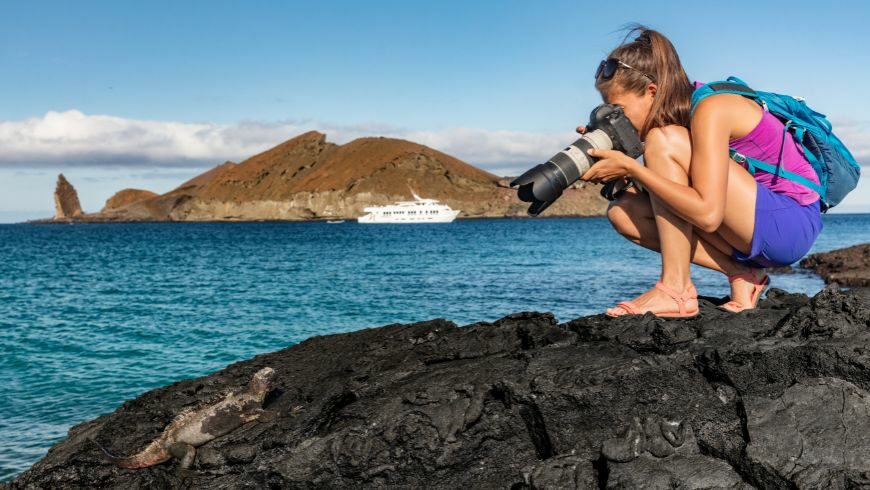
Safari Adventures in Kenya’s Masai Mara
Masai Mara provides an awe-inspiring backdrop for ecotourism. If you are a fan of African exotics, this is a perfect place to witness the annual wildebeest migration. This natural spectacle showcases the intricate balance of life on the savanna. By choosing responsible operators and respecting local communities, ecotourists in Kenya play a vital role in preserving the region’s wildlife and cultural heritage.
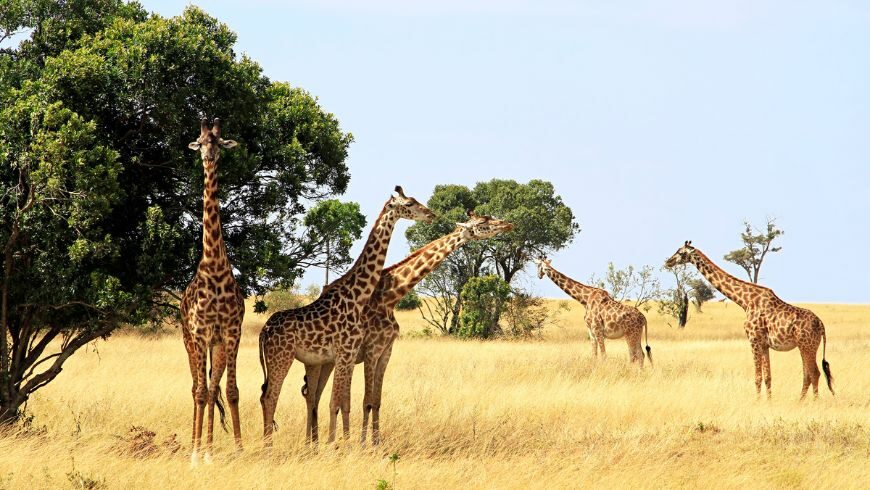
Sustainable Trekking in Nepal’s Himalayas
Alpinists whose main touristic goal is to climb the highest mountains in the world also have an opportunity to do it while taking care of the environment. Ecotourism in Nepal’s Himalayas offers a thrilling experience with minimal environmental impact. Trekkers can journey through pristine alpine landscapes, encountering unique flora and fauna while supporting local communities. Eco-friendly lodges and responsible trekking practices ensure that the Himalayas remain a haven for generations.
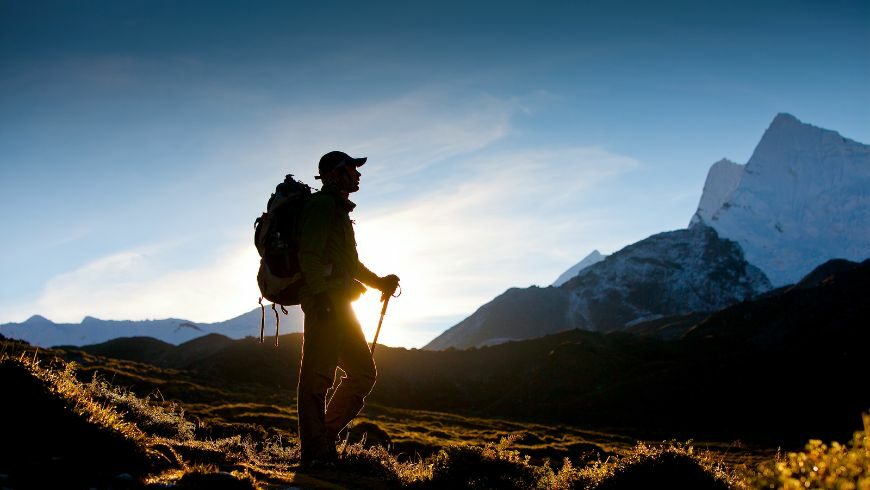
Island Conservation in the Seychelles
With its idyllic beaches and vibrant coral reefs, the Seychelles invites ecotourists to participate in marine and island conservation. Those who prefer lazily lying on the beach can still engage in coral restoration efforts, monitor nesting sea turtles, and contribute to preserving these fragile island ecosystems. By actively participating in conservation initiatives, visitors to the Seychelles leave a lasting and positive mark on the environment.
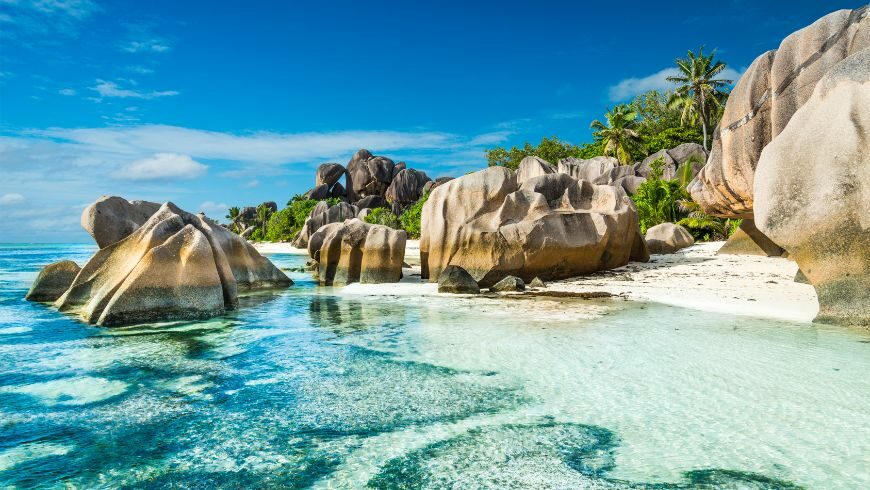
Once you have chosen your ideal destination, learn to share your ecotourism experience with the audience. We will focus on the art of ecotourism photography in the upcoming section.
Ecotourism Photography: Capturing Nature’s Beauty
Below, we will explore the art of ecotourism photography and provide practical tips for capturing stunning images that tell a compelling story.
Prepare Your Gear
Before embarking on your ecotourism adventure, ensure you have the right equipment. Invest in a quality camera, a selection of lenses suitable for different scenarios (wide-angle, telephoto, macro), and sturdy, weather-resistant gear. Remember about essentials like a tripod and protective cases for your equipment to safeguard it in challenging environments.
Understand Your Environment
To capture the essence of ecotourism destinations, you must understand the unique ecosystems you will encounter. Research the flora and fauna you will likely encounter and learn about their behaviors. This knowledge will help you anticipate and capture those elusive moments in the wild. Consider lighting conditions and composition, and be patient to achieve the best results.
Do Not Neglect Post-Processing
During the post-processing stage, you can sharpen the most important details on your images to attract the viewers’ attention, breathe life into your shots with color enhancement, and reduce digital noise if lighting conditions let you down. Post-processing is a stage when photography is presented as an art, leaving a lot of space for creative expression.
Modern photo editing programs include various tools to experiment with. One such tool is the image darkener. This versatile tool enhances the contrast and drama in your images, bringing out intricate details in both shadowed and highlighted areas.
Be Responsible
Respect wildlife and their habitats by maintaining a safe distance and refraining from disturbing them. Do not use baiting or harassment techniques to capture dramatic shots. Your responsibility as a photographer extends to the well-being of the environment and its inhabitants.
Tell Your Story
Capture the interactions, emotions, and connections between people and nature. Your photographs can inspire others to become advocates for responsible travel and conservation.
With these practical tips, you can create a visual narrative that captures the beauty of ecotourism destinations and conveys the urgency of preserving these remarkable places for future generations.

Conclusion
Ecotourism photography is a powerful medium for storytelling, connecting travelers with the beauty of our world and inspiring a sense of responsibility towards its preservation. By embracing ecotourism and utilizing photography as a tool for education and awareness, we can collectively contribute to a sustainable future where the wonders of nature thrive for generations to come.
So, explore responsibly and share your ecotourism experiences through visual narratives that echo the call to protect and cherish our precious planet!
